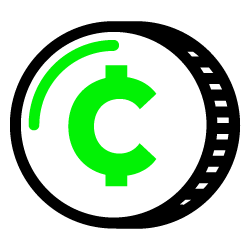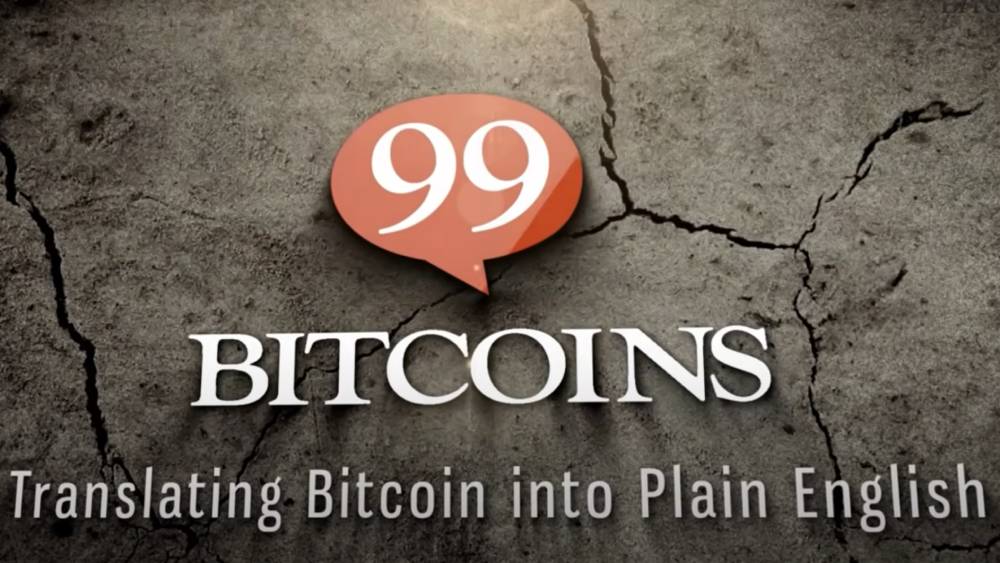DeFi 101 Guide
Decentralized Finance is an emerging field, and it can be difficult to understand what DeFi actually is. It has been heralded as a next generation financial system that will revolutionize the way we think about money. In this blog post, we will explore DeFi in depth to help you better understand how it works and why it’s so exciting!
Affiliate Disclosure: We earn a small commission from referrals to external sites for this article if you sign up using one of our links.
Financial Disclosure: We are not financial advisors, all capital you invest is at your own risk. DeFi is viewed as a high risk investment, do more research on DeFi from other sources.
What is Decentralised Finance (DeFi)?
To start out with, let’s clarify what “decentralized finance” means. Decentralized finance refers to the removal of intermediaries such as banks or governments from financial interactions between people when conducting transactions for goods or services.
For example when you pay for something online your transaction will use Visa or Mastercard to send the cash to the seller. Using cryptocurrencies such as Bitcoin or Ethereum you can send your money directly to the seller, cutting out the credit company or bank.
Many traditional banking and financial services will be available with DeFi which can handle simple and complex transactions, just like any normal financial institution, however without the man in the middle who usually takes his cut. There are also many other financial services that the banks cover such as:
- Personal & Business Loans
- Insurance
- Mortgages
- Investments
The DeFi system is powered by cryptocurrency (decentralized money) and runs on blockchain technology. Blockchain is a type of distributed ledger which functions without any central authority and instead stores its data across several nodes which are individual members of the public and not a central governing body. The DeFi system uses blockchain technology and is not controlled by any central entity: this means that no one person or company can control it.
Pros & Cons of Centralised Finance (CeFi)
Some of the other downsides of having a centralised financial (CeFi) system are:
- Speed: Slower transactions
- Blocked Transactions: Risk of a bank stopping or pausing transactions
- Crime: The ledger of transactions is private which can lend its hand to money laundering or other financial crimes
- Financial Crash: Users have less control over money (In a financial crash your bank may stop you withdrawing all your cash)
Some benefits of a centralised financial (CeFi) system:
- Support: Customers can get support if they make a wrong transaction
- Hacks: Payments can be blocked if you were hacked
- Ring Fenced: Some protections if a bank/financial institution fails
The main premise of Decentralised Finance is to cut out the man in the middle to allow the public to participate in peer-to-peer financial services such as:
- Lending
- Borrowing
- Insurance
- Asset Management
- Much more
What Role Do Decentralized Applications (dApps) Play?
Decentralized applications, dApps for short, is an application which does not rely on a centralized server to function. Companies like Facebook or Amazon run their apps from a centralised servers they control, whereas a dApp is run on multiple servers/computers (nodes) etc controlled by individuals.
Some of the key benefits of dApps in DeFi are:
- dApps will be able to control user validation and transaction monitoring without depending on any third party services.
- dApps can have their own blockchain like Bitcoin or exist as a smart contract inside another cryptocurrency’s block chain.
- Free from control of any third party, information cannot be changed once published.
Decentralized applications (dApps) and/or Protocols are used for making transactions in Bitcoin and Ethereum. Most dApps are built using the Ethereum network due to its ease of use compared to making dApps on the Bitcoin network.
One of the other key benefits for using Ethereum is the built in smart contract features that are programmed with a set of conditions which will automatically execute when met. Smart contracts negate the need for any third party (Banks or Brokers etc) to be involved with financial transactions as they are all automated with smart contracts. Essentially the human element is replaced by a smart contract that has a set of rules written in code (Solidity or Vyper) that need to be met for a transaction to take place.
A good example of a smart contract has been quoted below from Coindesk.
“For example, say a user wants his or her money to be sent to a friend next Tuesday, but only if the temperature climbs above 90 degrees Fahrenheit according to weather.com. Such rules can be written in a smart contract.”
What are good examples of dApps?
dApps can be used by those in the DeFi space to create more liquidity for their projects, invest into different projects or to trade cryptocurrency.
- Stable Coins: which provide price stability for investors who don’t want their funds tied up in volatile cryptocurrencies.
- Decentralized Exchanges (DEXs): where people can buy cryptocurrencies and/or exchange without having to trust any centralized authorities with their money.
- Yield Farming: which allows crypto holders to essentially earn interest for lending their coin to other investors. Similar to how a bank would earn interest off your loan, you act as a bank and get interest from the money you lend.
- Lending Protocols: that allow users to borrow money without a centralized credit provider having any control over the loan.
Some good DeFi platforms that are more trusted include:
The defi applications are all run on decentralized, internet-based platforms where anyone can participate in decision making and maintenance of the software. Anyone is able to create DeFi apps for their own use or sell them as products; there’s no central authority controlling who gets access to these tools.
Pros & Cons of Decentralised Finance (DeFi)
Decentralized finance will continue to grow because there are many advantages over traditional financial systems such as:
- Transparency: A decentralized network provides transparency into all data stored within its records and enables anyone who has access rights to view the records.
- Decentralized: When a defi service is decentralized, it doesn’t have to operate through any one organization or person so users can rely on their own skills and knowledge rather than trusting in somebody else who may not know what they are doing. This also means there is no single point of failure if something drastic were to happen.
- Earnings: There are many projects that allow users to earn money on their crypto, many banks don’t offer high interest rates anymore so many people are turning to things such as yield farming.
- Speed: Nearly instantaneous transactions with reduced fees compared to centralised exchanges.
- Immutable: Records cannot be changed or edited once made, meaning nothing can be hidden from auditors such as financial crimes.
- Smart Contracts: A fully automated system built on rules that cannot be bent and reduces human error.
The above list are some of the many benefits of DeFi, however that is not say there are no negatives to DeFi. We have listed a few possible situations below:
- Unstable Projects: Some projects may be hosted by a team who have little knowledge of financial management leading to bad management and potential collapses of a project with liquidity being lost.
- Scams: There are many scams online and the crypto space has had it fair share, some projects may be able to hide their bad intentions from users leading to lost funds.
- Bad Code: If a smart contract is badly coded it could lead to a wealth of problems or funds being lost.
- No Support: If a user accidentally transfers to the wrong address or network, the funds will be lost.
- High Fees: When the market is trading large columns the gas fees usually go through the roof, leading to less profits or none at all.
Where to Find DeFi Projects?
There are many DeFi project available which you can find on the links below, remember all projects are high risk and prone to failure.
Sources on DeFi
To summarise decentralised finance is a new technology that will essentially automate the finance industry and remove the human element. DeFi is still being developed and is high risk, we advise you to do your own research from other sources such as:
A great video from 99 Bitcoins explains DeFi in simple terms.


